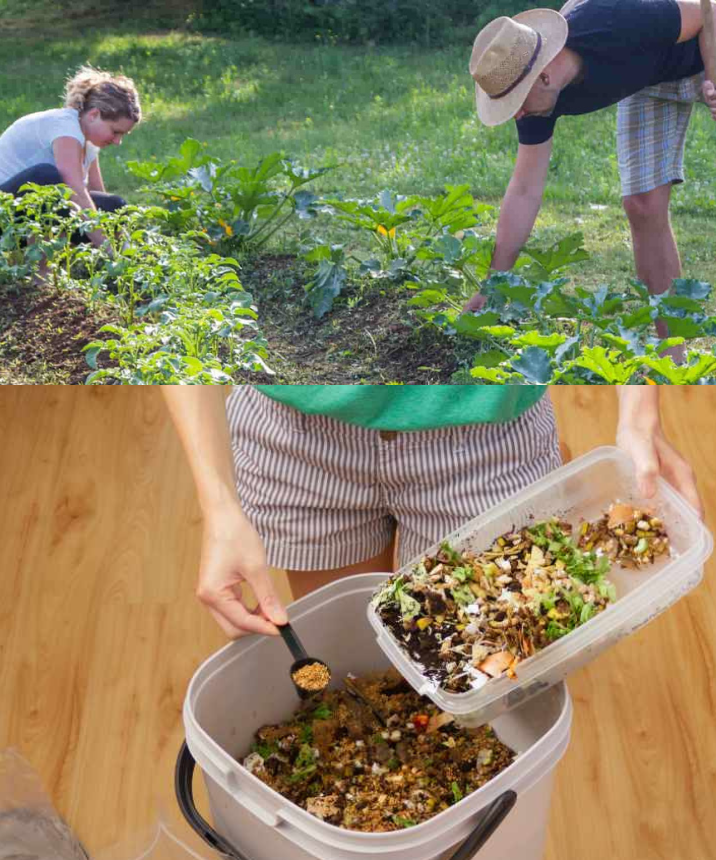Urban permaculture is a practice that has been gaining popularity in recent years, especially among those who wish to grow their own food in limited urban environments. This form of sustainable agriculture is based on design principles that seek to create productive and harmonious systems, even in small spaces such as balconies, terraces, or small gardens.
Principles of Urban Permaculture
Integrated Design: Urban permaculture is based on the integration of natural and human elements in the design of productive systems. This involves making the most of available resources and creating synergies between different elements of the environment.
Minimum Space, Maximum Yield: In urban environments, space is often limited, so it is essential to maximize the yield of every square meter. This is achieved through intensive cultivation techniques, such as raised bed gardening, vertical gardening, and crop rotation.
Recycling and Reuse: Urban permaculture promotes the recycling and reuse of materials to minimize waste and reduce dependence on external resources. For example, recycled containers can be used as planters, organic waste can be composted, and rainwater can be collected for irrigation.
Diversity and Resilience: Systems based on urban permaculture tend to be more diverse and resilient than conventional systems. By growing a variety of edible plants, the risk of pests and diseases is reduced, and stability and self-sufficiency are promoted.
Techniques for Cultivating in Small Spaces
Vertical Gardens: Vertical gardens are an excellent way to maximize growing space in urban environments. They can be constructed using shelves, recycled pallets, or structures specifically designed for this purpose. Plants such as strawberries, herbs, and lettuces adapt well to this type of cultivation.
Container Gardening: Containers are ideal for growing on balconies, terraces, or small patios. Pots, planters, wooden boxes, or even grow bags can be used to plant a variety of vegetables, herbs, and edible flowers.
Raised Bed Gardening: Raised beds are an excellent option for improving drainage and soil quality in small spaces. They can be constructed from wood, bricks, concrete blocks, or recycled materials and filled with topsoil and compost.
Crop Rotation: Crop rotation is an important practice in urban permaculture to prevent soil depletion and reduce the risk of pests and diseases. Different types of crops, such as legumes, vegetables, and herbs, can be used, and rotated based on their nutritional and growth needs.
Benefits of Urban Permaculture
Healthy Eating: Growing your own food allows you to enjoy fresh, healthy produce free of pesticides.
Connection with Nature: Urban permaculture provides an opportunity to connect with nature and learn about the life cycle of plants and ecosystems.
Reducing Ecological Footprint: By growing locally and using sustainable techniques, you contribute to reducing the ecological footprint and mitigating climate change.
Community Building: Urban permaculture can be a social and community-building activity, fostering the exchange of knowledge and collaboration among neighbors.
In summary, urban permaculture offers a practical and sustainable way to grow food in limited urban environments, promoting self-sufficiency, diversity, and connection with nature. With a little creativity and effort, anyone can start their own urban permaculture project and enjoy the many benefits it offers.
